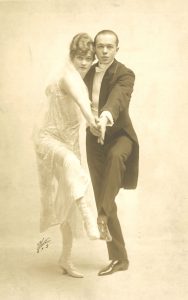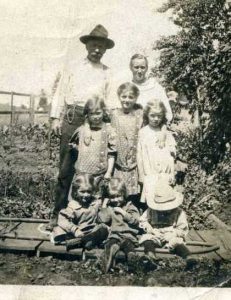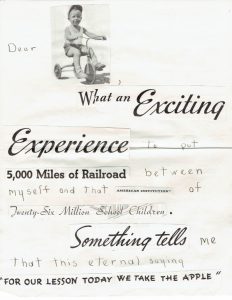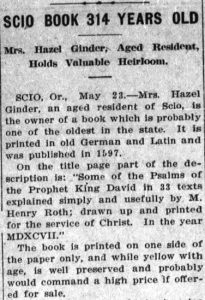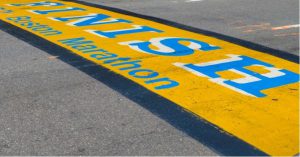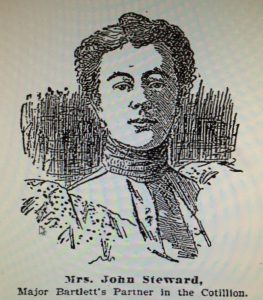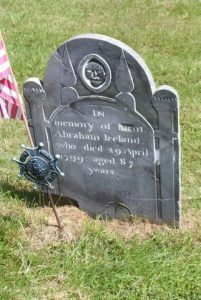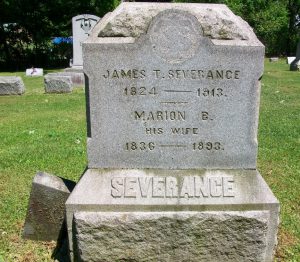
My grandmother Katheryn Ogle Record (1914–1993) was a dead head. No, surely not that kind of dead head, but one who collected those lifetime addenda we all hope someone will afford each of us someday. We call them obituaries, and at a very early age my grandmother began collecting them. In some ways my grandmother was the consummate family historian. While I never saw her record births or deaths in a family Bible, or transcribe items from a census, she did keep records – and actually very good ones. Continue reading Deadheading
